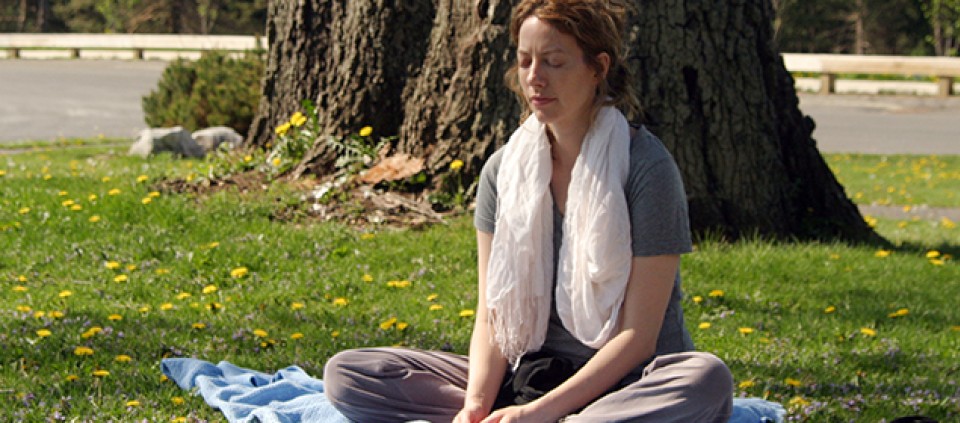The How, What, and Why of Meditation

Brahmani Liebman and Jashoda Edmunds, faculty members for the Kripalu School of Yoga, share their wisdom on the topic of meditation.
The practice of meditating on a regular basis can reap great rewards. How important is meditation as part of the yogic path?
Jashoda The practices of hatha yoga were originally designed to prepare the body to be able to sit in meditation. In the Yoga Sutras, only two sutras are about hatha yoga—the rest are about the philosophy and practices of yoga that guide us to connect with that deeper part of ourselves, what people call God, the universe, the Absolute, the higher Self.
Brahmani Can you do yoga without meditation? Yes, of course, and it’s a wonderful practice with many benefits. Meditation practice, however, lets us see the reaction of the mind, feel what’s happening in the heart, and practice compassionate self-observation. We can recognize that we are not our mind’s reactions to the conditions of our surroundings. The more we live from that space, the more we are not living from the habits of our minds.
What are the benefits of meditation?
Brahmani When we sit and wait to see what shows up, we shed the light of awareness on our habitual patterns and get to know ourselves in an intimate way. It becomes a laboratory in which to get to know ourselves, and have a sense of humor about ourselves. Swami Kripalu taught that compassionate self-observation is the greatest key. When we stay open to surprise and to the joy of life, we’re living in all the multiple dimensions of who we are and we have some choice in how we live our life. When we first recognize, “You mean I’m not my mind? I don’t have to do what my thoughts tell me?,” it’s a wow moment, a huge revelation and recognition.
Jashoda The most powerful thing for people to learn is that you can’t do it wrong. The practice is just sitting and paying attention. Whether you’re doing yoga postures, cooking dinner, or washing dishes, it’s about paying attention to your moment-to-moment experience. So it’s actually inclusive of all our life practices.
Many of us have a strong resistance to meditation. We’re afraid we’ll be bored, or that something will come up that we don’t want to look at. How can beginning meditators overcome that resistance?
Jashoda It’s partly a cultural thing. Our culture is more about doing than non-doing. It’s very scary to people to just sit there. What do you do about resistance? What I did and what I invite my students to do is to make a commitment to yourself. When you make a commitment, there’s no decision. And you make a commitment that works for you. Can you find 10 minutes to sit on your cushion? You just start, you just get your butt on the cushion, as one of the teachers at Spirit Rock [Meditation Center] says. It’s the same as having resistance to getting on the yoga mat, but when you get there, it happens. Resistance is a state of mind; it’s something else to be with.
Brahmani As teachers, we have to have a tool kit for a lot of different kinds of students with different personalities. That’s why there are a lot of different kinds of meditation practices and, as teachers, we need to present those possibilities—meditation on the third eye, or a meditation for opening the heart, compassion practices, maybe a mantra practice. Let it all be an experiment. If we live life as an experiment and pay attention to the results, then we’re getting information all the time. And how could we not stop and be with ourselves, how could we not make time for this in our lives, how could we not think that we’re valuable and worthy enough to connect with the joy that is our true essential nature?
Find out about upcoming programs at Kripalu with Brahmani Liebman and Jashoda Edmunds.
© Kripalu Center for Yoga & Health. All rights reserved. To request permission to reprint, please e-mail editor@kripalu.org.